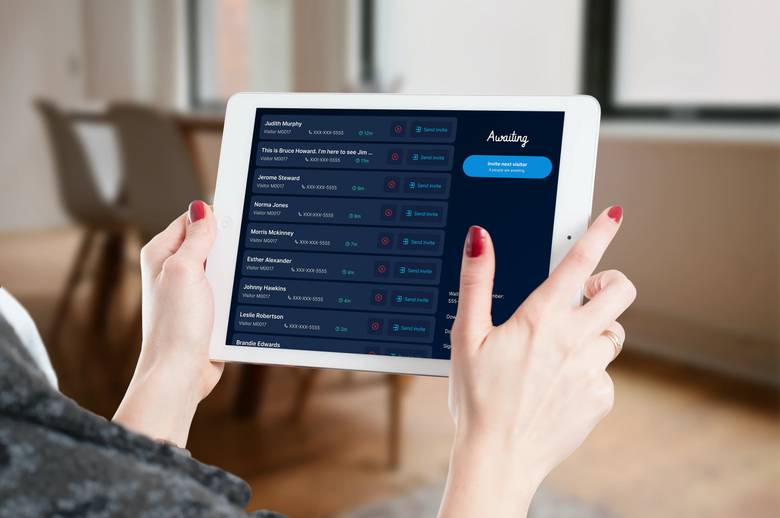Last week I introduced Vaporware's process for valuing products we work on, a four step process to determining how much we charge for a product. You already know the outcome, that we charge a weekly rate depending on the effort for a project. But let's get into the details. The first step to valuing development is setting expectations.
It may seem strange, but our relationship with our clients starts way before we meet. It starts before both parties even know that the other exists. Everyone has preconceived expectations of how relationships work, and consulting is no different.
Your first business relationship may have been a lemonade sale on your block corner, no matter if you were the one with the idea, the one that made the sign, the seller, or the one who stirred the juice. And that’s just the start! You've had years of experiences since then — and the expectations have been set, reset, and adjusted ever since.
A consulting agreement is just one approach to a flexible business relationship. One with strong expectations, inherent risks, ongoing communication, and incredible potential. Without proper joint effort to communicate and set expectations, the relationship will fail.
In vaporware’s technical line of work, we see several recurring themes of how these expectations start. From the casual coffee discussion of a cool idea to an official Request for Proposal document, there is no set answer on how to start a consulting relationship. That said, we think we’re a pretty stellar team and take pride in optimizing this process and so far, we've been incredibly successful.
Technologies, markets, and societies are constantly changing, and we constantly change with it. We can pretend to be experts of these things, and don’t get me wrong, we are very good and efficient at select pieces, but we’re even better at adapting. Instead of focusing on a long-term plan of what we’re going to do, we focus on how we’re going to do it. We start with determining how we are going to set expectations with our clients from the beginning:
- In a way, our proposal contains very little of the actual tasks that are going to be performed. Instead, we listen to our clients expectations, and share our own.
- There are tasks that we perform efficiently and tasks that take us a long time. We’re confident in what we do well and where we’ve had experience. If we can’t do it well and quickly, or we don't know, we let you know and help you find a solution (or team) that can do it better.
- We always adapt to changes. There’s no such thing as scope creep. If things need reevaluation, we do it without hesitation.
- We ensure that we are clear about what we are working on...Advising, analyzing, architecting, branding, communicating, debating, documenting, designing, developing, evaluating, marketing, measuring, meeting, planning, prioritizing, testing, and thinking are all part of what we do.
- When we make mistakes, we own up to them. More importantly, we make sure to learn from our failures and fail faster next time.
- We question everything we do. Is this the right time to add this feature? Will our client see a return on this investment? Who will be happy with this change?
- We over communicate. Everyone can see the smallest of details of the entire picture at any time.
- We focus. One thing at a time per person. Done? Next.
- We back up our decisions with data. While experience and assumptions can take you far, it's always measurable.
Ideally, with this early pre-relationship communication and continued communication, we are setting the stage to build a long-term, trusting, and respectful relationship. Without expectations and joint understanding, it simply won’t work.
But what does this have to do with payment and valuation? Hopefully you noticed a few key themes to our expectations. For example, scope creep does not exist in our world. It's an outdated concept that means that the goals and payment have become misaligned. You'll also notice that we question everything we do, all leading back to the fundamental question of "is there a return to this investment". No matter the investment, no matter the business model, no matter the payment model -- we make sure that we can provide a return on our client's investment.
To that end, these expectations are the first core step of our dynamic pricing model. When work and payment are aligned, work gets done efficiently and effectively. Therefore, we ensure to set expectations correctly from our first interaction with our clients.
Now that the expectations are set, there's still a long way to go. Check back next week to read how we demystify, balance, and offset the risks in the industry and dynamic payment valuation.
Postscript: These expectations do not setup the perfect process for every project, we don't recommend going to the moon on the lean model, but they work incredibly well in custom web application development.








